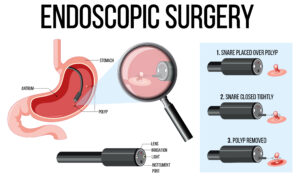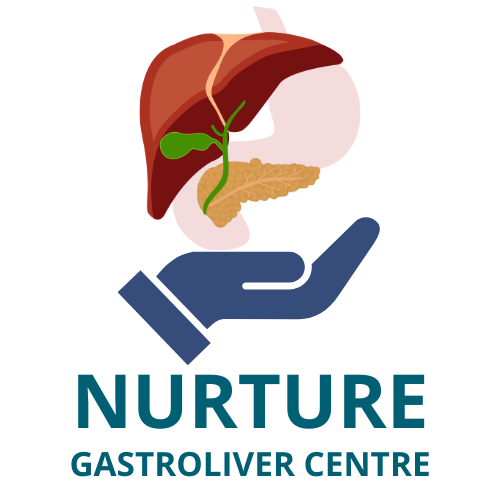Endoscopy is one of the most valuable tools in modern medicine for diagnosing and treating digestive issues. Yet for many patients, the word “endoscopy” can bring up anxiety or uncertainty. At Nurture Gastroliver Centre, we believe that understanding the procedure can make the experience far more comfortable and stress-free.
What is an Endoscopy?
An endoscopy is a minimally invasive procedure that uses a thin, flexible tube with a camera (called an endoscope) to examine the inside of your digestive tract. Depending on your symptoms, it may focus on your upper digestive tract (esophagus, stomach, and small intestine) or lower tract (colon and rectum).

Why is it Done?
Your doctor may recommend an endoscopy to:
Diagnose unexplained abdominal pain or discomfort
Investigate symptoms like persistent heartburn, bleeding, or difficulty swallowing
Screen for conditions like ulcers, gastritis, or cancer
Remove small growths (polyps) or treat certain bleeding issues
Types of Endoscopy
Upper GI Endoscopy (UGI) – Examines the esophagus, stomach, and upper small intestine
Colonoscopy – Examines the colon and rectum
ERCP – Used for bile duct and pancreatic conditions
How to Prepare
Preparation can vary based on the type of endoscopy:
Upper GI Endoscopy – Avoid eating or drinking for 6–8 hours before the procedure.
Colonoscopy – Follow a special diet and bowel prep to clear your colon.
Inform your doctor about any medications or health conditions.
What Happens During the Procedure?
You’ll receive sedation to ensure comfort and relaxation.
The doctor gently inserts the endoscope and examines your digestive tract using real-time video.
The procedure usually takes 15–45 minutes.
After the Procedure
You may feel slight bloating or mild throat discomfort for a few hours.
Most patients can go home the same day.
Results are often discussed immediately or within a few days.
Benefits of Endoscopy at Nurture Gastroliver Centre
State-of-the-art HD imaging for better accuracy
Gentle sedation for a stress-free experience
Experienced specialists for safe, precise procedures
